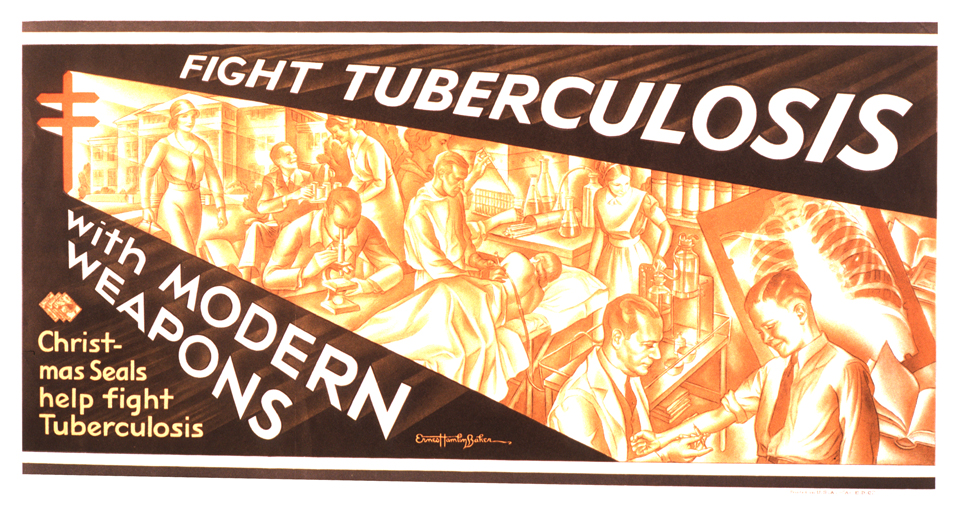Psych H&P
cc: "I feel really anxious."
HPI: This 25-year-old female with a history of depression and anxiety presents with a six month history of increased anxiety. She reports an increase in worrying about her career, her pets, money, and her marriage, and she cannot control these worries. She has difficulty falling asleep because of intrusive thoughts and worries, and her appetite has recently increased, with an increase in craving for sweets. She reports feeling "very tense" and fatigued. She also has some feelings of guilt, helplessness, and hopelessness with depressed mood, increased irritability, and psychomotor agitation. She feels that the increase in anxiety may be related to a difficult decision she faces in her career, but she feels that her ability to function is impaired.
PMH: Asthma, irritable bowel syndrome, GERD
PSH: No surgeries
Psych Hx: Diagnosed with depression in 2000; treated with SSRI's off and on since; she reports only occasional compliance, in part because of money
Meds: Zoloft 50 mg qd; Claritin D PRN; Prilosec OTC PRN; albuterol inhaler PRN
Allergies: NKDA
Family Hx: CAD, dyslipidemia, CVA, depression
Social Hx: Patient lives with her husband. She is a graduate student and will need to pick a career before graduation in 2008. They have no children.
Habits: Occasional alcohol, no cigarettes or drugs
ROS: Gen: + fatigue, + weight gain
HEENT: + headaches, + blurry vision (needs new glasses), + allergic rhinitis
CV: -
Lungs: -
GI: + heartburn, + abd cramps and diarrhea
MSK: + neck and back tension
PE: Gen: 25 yo WF, anxious-appearing, overweight, cooperative with exam
VS: HR 76 RR 18 BP 107/64 T 98.6
CV: RRR
Lungs: CTAB
HEENT: PERRLA, TM's clear, turbinates swollen and red, oropharynx clear
Abd: soft, NT/ND, hyperactive bowel sounds
MSK: 5/5 strength throughout, 2+ DTR's throughout
Gyn: deferred
MSE: Gen: A&O x 4
TP/TC: No AH/VH/SI/HI; goal-oriented; some derailing/thought blocking
Speech: loud, normal tone, rate, and content
Mood: anxious, irritable
Affect: anxious
Insight: good
Judgment: fair; patient did seek attention for symptoms, but isn't always compliant with medication
MMSE: 30/30
A&P: 25 yo WF with generalized anxiety disorder and depressed mood
1. Encourage patient to take currently prescribed SSRI. Consider adding buspirone for anxiety.
2. Recommend supportive therapy. Biofeedback may help this patient with prominent somatic symptoms.
3. The patient has severe anxiety regarding her decision to pursue a career in urology, and has recently begun to consider a career in psychiatry instead. Recommend the patient look at both objectively and discuss pros and cons with her family, friends, and advisors.
Surprise!








